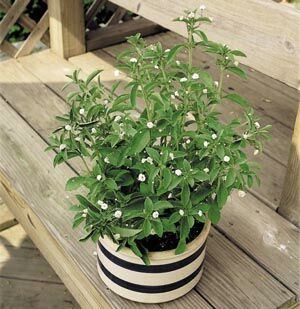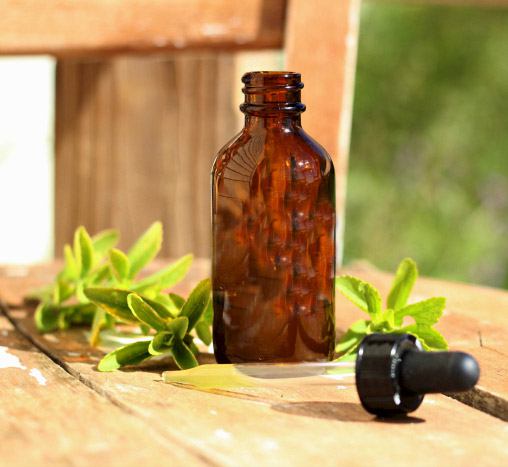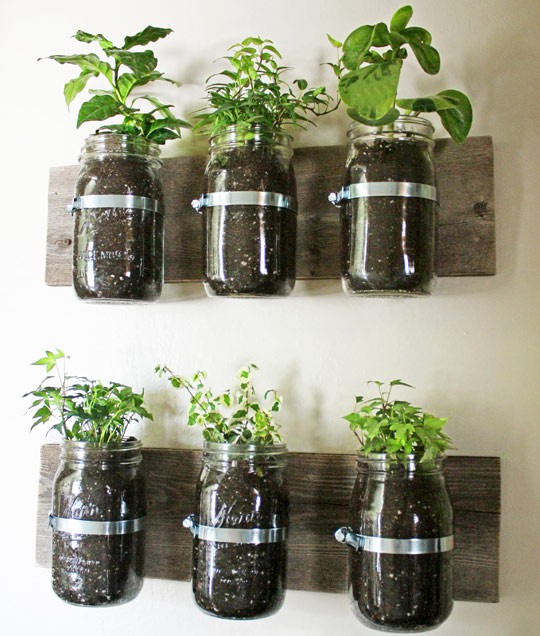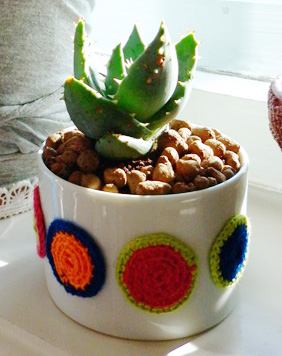In our country, stevia is mainly known by diabetics and people who take dietary supplements. However, in Japan and America, stevia as a food additive is quite common. The stevia sweetener helps with weight loss and treats hypertension. You can make stevia extract at home.
Properties and Benefits of Stevia
One kilogram of stevia leaves is as sweet as thirty kilos of sugar, with only 18 kcal per 100 grams. Blood glucose levels remain normal, it doesn’t provoke inflammation, and it doesn’t feed the cocci flora (I verified this myself—I switched from sugar to stevia and my face completely cleared of acne in two weeks).

Native Guarani Indians sweetened mate tea with stevia long before Columbus and called it “honey leaves.” This characteristic of stevia is credited to its unique component Stevioside.
Chemical Composition of Stevia
- Stevioside - a glycoside, a plant-based sugar substitute without analogs. Yes, stevia is more expensive than popular sugar substitutes like aspartame, saccharin, fructose, and xylitol, but stevia is beneficial for health, unlike synthetic sweeteners. It has the label E960.
- Rebaudioside A, C, B - non-caloric glycosides, sweet substances.
- Dulcoside - non-caloric glycoside, sweet substance.
- Rebaudioside - non-caloric glycoside, sweet substance.
In addition to sweet components, fresh stevia leaves are rich in vitamins: A, B1, B2, C, P, PP, F, beta-carotene.
Micro and macroelements found in stevia:
Potassium, Calcium, Phosphorus, Magnesium, Silicon, Zinc, Copper, Selenium, Chromium.
Flavonoids - give color to flowers and fruits. They participate in photosynthesis, protect plant cells from excessive ultraviolet radiation, and are necessary for preparing plants for winter. Flavonoids regulate the permeability of blood vessel walls and improve their elasticity, as well as prevent sclerotic lesions. The most active flavonoids in stevia include rutin, quercetin, quercitrin, avicularin, guaierin, apigenin.
Linoleic acid or alpha-linolenic acid - an essential fatty acid belonging to omega-6.
Arachidonic acid - a natural herbicide, neuromodulator, and neurotransmitter.
Stevia acts as an antioxidant, a natural preservative, and has antimicrobial and antifungal properties. It is effective in conjunction with other medications for the treatment and prevention of diabetes, glycemia, obesity, angina, ischemia, ulcers, and inflammation of the gastrointestinal tract, as well as vitamin deficiencies.
It’s not difficult to grow stevia in a pot .



